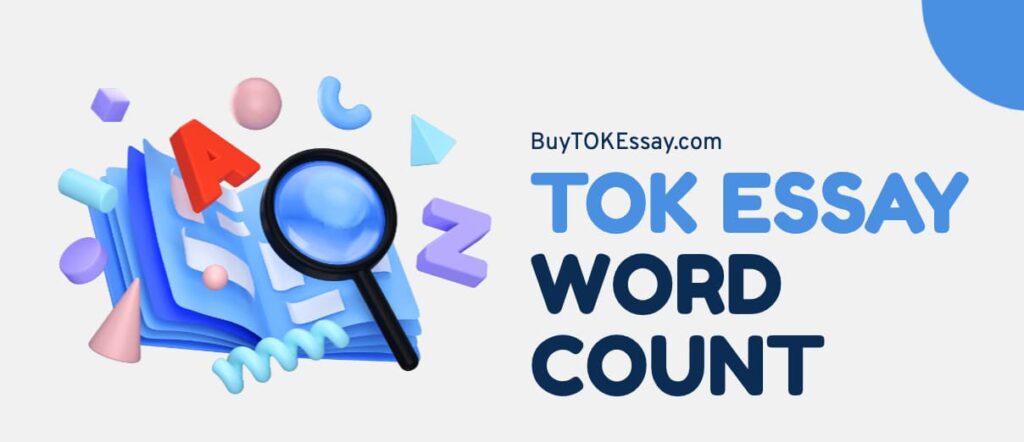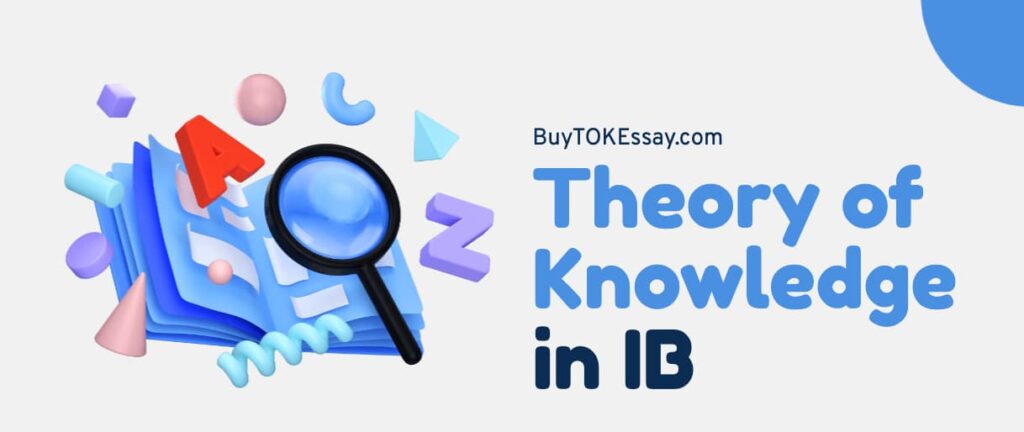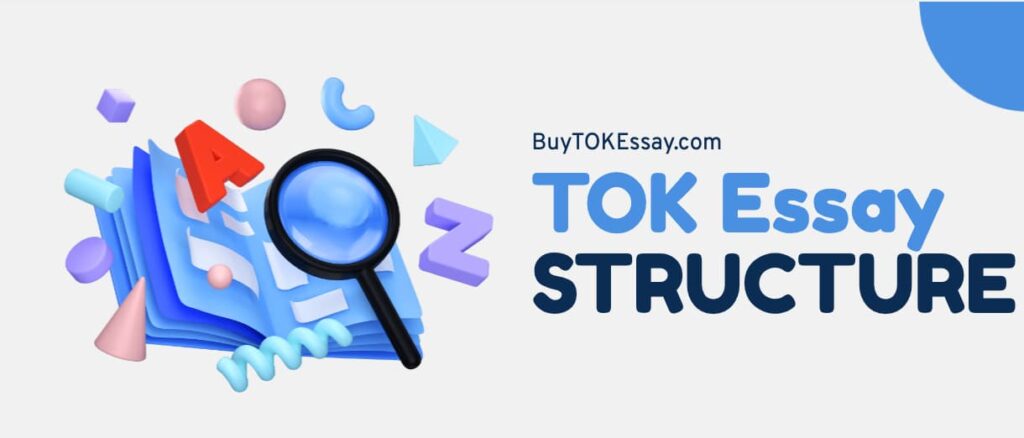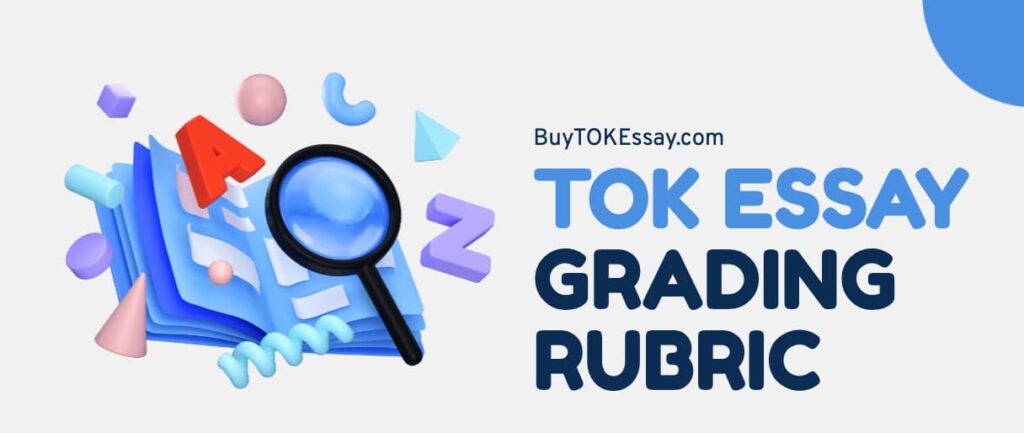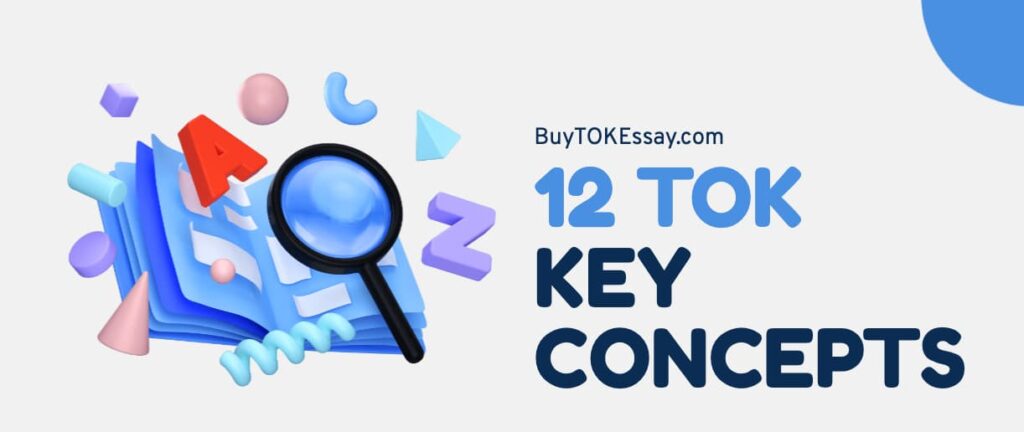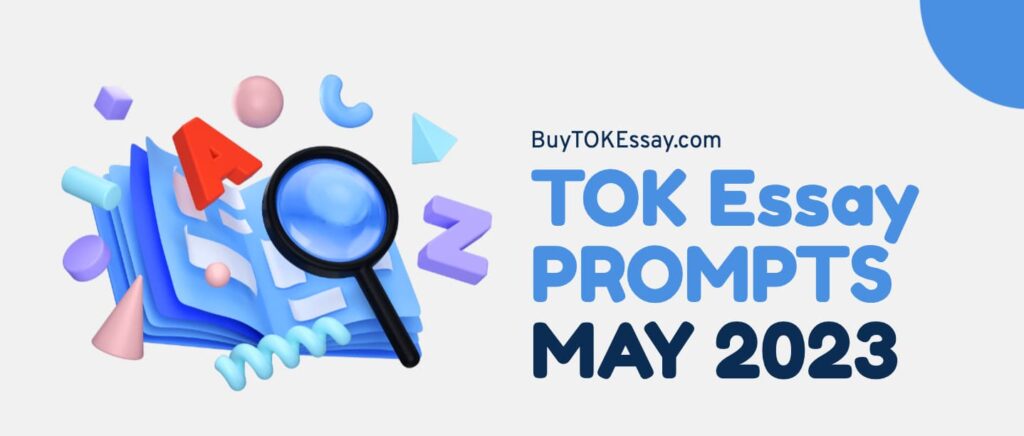Today, I’m finally ready to break down the November TOK essay prompts. for the year 2025 I know TOK can feel like a tough sh*t, but trust me, once you get the hang of it, it all makes sense.
To start of, I’ll list the N25 TOK prompts. After that, I’ll give you a quick lowdown on each prompt with some suggestions for Areas of Knowledge, Ways of Knowing, and some real-life situations that you might use.
- 2025 November TOK Essay Prompts
- Quick Breakdown of Each Nov 25 TOK Title
- Prompt 1: For historians and artists, do conventions limit or expand their ability to produce knowledge? Discuss with reference to history and the arts.
- Prompt 2: What is the relationship between knowing and understanding? Discuss with reference to two areas of knowledge.
- Prompt 3: Should knowledge in an area of knowledge be pursued for its own sake rather than its potential application? Discuss with reference to mathematics and one other area of knowledge.
- Prompt 4: To what extent do you agree that, however, the methods of an area of knowledge change, the scope remains the same? Answer with reference to two areas of knowledge.
- Prompt 5: In the pursuit of knowledge, is it possible or even desirable to set aside temporarily what we already know? Discuss with reference to the natural sciences and one other area of knowledge.
- Prompt 6: Is empathy an attribute that is equally important for a historian and a human scientist? Discuss with reference to history and the human sciences.
- Need Help with Your IB TOK Essay?
SPOILER ALERT! We’ll be coming back with a more detailed explanation of each prompt within a month or so. So let’s get to it!
2025 November TOK Essay Prompts
- Prompt 1: For historians and artists, do conventions limit or expand their ability to produce knowledge? Discuss with reference to history and the arts.
- Prompt 2: What is the relationship between knowing and understanding? Discuss with reference to two areas of knowledge.
- Prompt 3: Should knowledge in an area of knowledge be pursued for its own sake rather than its potential application? Discuss with reference to mathematics and one other area of knowledge.
- Prompt 4: To what extent do you agree that, however, the methods of an area of knowledge change, the scope remains the same? Answer with reference to two areas of knowledge.
- Prompt 5: In the pursuit of knowledge, is it possible or even desirable to set aside temporarily what we already know? Discuss with reference to the natural sciences and one other area of knowledge.
- Prompt 6: Is empathy an attribute that is equally important for a historian and a human scientist? Discuss with reference to history and the human sciences.
Quick Breakdown of Each Nov 25 TOK Title

Now it’s time for a breakdown for each promp. Lets begin.
Prompt 1: For historians and artists, do conventions limit or expand their ability to produce knowledge? Discuss with reference to history and the arts.
- What it’s about: Think about how rules and standards in history and art might either hold you back or give you more freedom to create new ideas.
- Possible AOKs: History and the arts.
- WOKs to consider: Reason and emotion.
- Real-life example: You might compare traditional historical narratives with modern reinterpretations in art, showing how each field handles conventions.
The discussion on how conventions shape knowledge production in history and art leaves us thinking about the broader implications of structure and creativity. Now, let’s shift focus to a question that explores the connection between simply having information and truly grasping its meaning.
Prompt 2: What is the relationship between knowing and understanding? Discuss with reference to two areas of knowledge.
- What it’s about: Look at how simply having knowledge differs from truly grasping it.
- Possible AOKs: Pick any two subjects that show contrast; maybe the natural sciences and the human sciences.
- WOKs to consider: Language and sense perception.
- Real-life example: Consider the difference between knowing scientific facts and understanding the implications of scientific theories in daily life.
After comparing the difference between knowing and understanding, we face a question that challenges us to consider whether learning should be valued on its own or only for what it can be used for. Next, we’ll look at the intrinsic worth of knowledge.
Prompt 3: Should knowledge in an area of knowledge be pursued for its own sake rather than its potential application? Discuss with reference to mathematics and one other area of knowledge.
- What it’s about: Consider whether learning for the sake of learning is more valuable than learning because it can be used in practical ways.
- Possible AOKs: Mathematics and another area, like the arts or the natural sciences.
- WOKs to consider: Reason and imagination.
- Real-life example: Think about pure math research versus applied research in technology, and how each type of knowledge benefits society differently.
Once we’ve weighed the merits of pursuing knowledge for its own sake, it’s time to examine how changes in techniques affect the overall character of a subject. Up next is a prompt that questions if alterations in methods really shift the core of a discipline.
Prompt 4: To what extent do you agree that, however, the methods of an area of knowledge change, the scope remains the same? Answer with reference to two areas of knowledge.
- What it’s about: Examine whether changes in how we do things in a subject really change what that subject is about.
- Possible AOKs: Choose two areas such as history and the natural sciences.
- WOKs to consider: Language and reason.
- Real-life example: You might look at how historical research methods have evolved with digital archives, yet the goal of understanding the past remains unchanged.
Having considered whether the scope of a subject remains unchanged despite new approaches, we now turn to the idea of temporarily putting aside what we already know. The next prompt invites us to consider if suspending current understanding can open up fresh perspectives.
Prompt 5: In the pursuit of knowledge, is it possible or even desirable to set aside temporarily what we already know? Discuss with reference to the natural sciences and one other area of knowledge.
- What it’s about: Question whether putting aside what we already know can help us learn something new or if it’s a waste of time.
- Possible AOKs: Natural sciences paired with another area, maybe the arts.
- WOKs to consider: Sense perception and reason.
- Real-life example: Consider moments in scientific breakthroughs where scientists had to ignore established theories to see new possibilities.
With the debate on setting aside established knowledge still in our minds, we conclude by looking at the role of empathy. Our final prompt asks us to reflect on its significance across different fields, comparing its impact on historians and human scientists.
Prompt 6: Is empathy an attribute that is equally important for a historian and a human scientist? Discuss with reference to history and the human sciences.
- Possible AOKs: History and the human sciences.
- What it’s about: Decide if being able to empathize is equally crucial for someone studying history and someone studying human sciences.
- WOKs to consider: Emotion and reason.
- Real-life example: Look at historical case studies where understanding people’s feelings changed the interpretation of events versus studies in human behavior where empathy provided unique insights.

Need Help with Your IB TOK Essay?
Maximize your potential and boost the excellence of your TOK Essay with the help of our experts at BuyTOKEssay.com! Whether you’re starting from scratch or fine-tuning your existing journal assignment to meet your supervisor’s demands, our team is here to make your dream of a perfect paper a reality. Say goodbye to writer’s block and hello to success with just one click.
Before wrapping up, I want you to know that next month we’re going to come back and break down each of these 2025 TOK prompts with even more examples and tips. So stay tuned if you want the full lowdown on how to score big on your TOK essay, or simply buy TOK on any prompt from our service.
If you’ve missed my guide for May 2025 TOK prompts, you can find it here:
That’s it for now – hope this quick guide makes the November TOK prompts feel a bit less intimidating. Drop your questions or comments below if you need more help. And always remember that you can count on us in case you are seeking help with your TOK essay writing as per TOK rubric and criteria.
